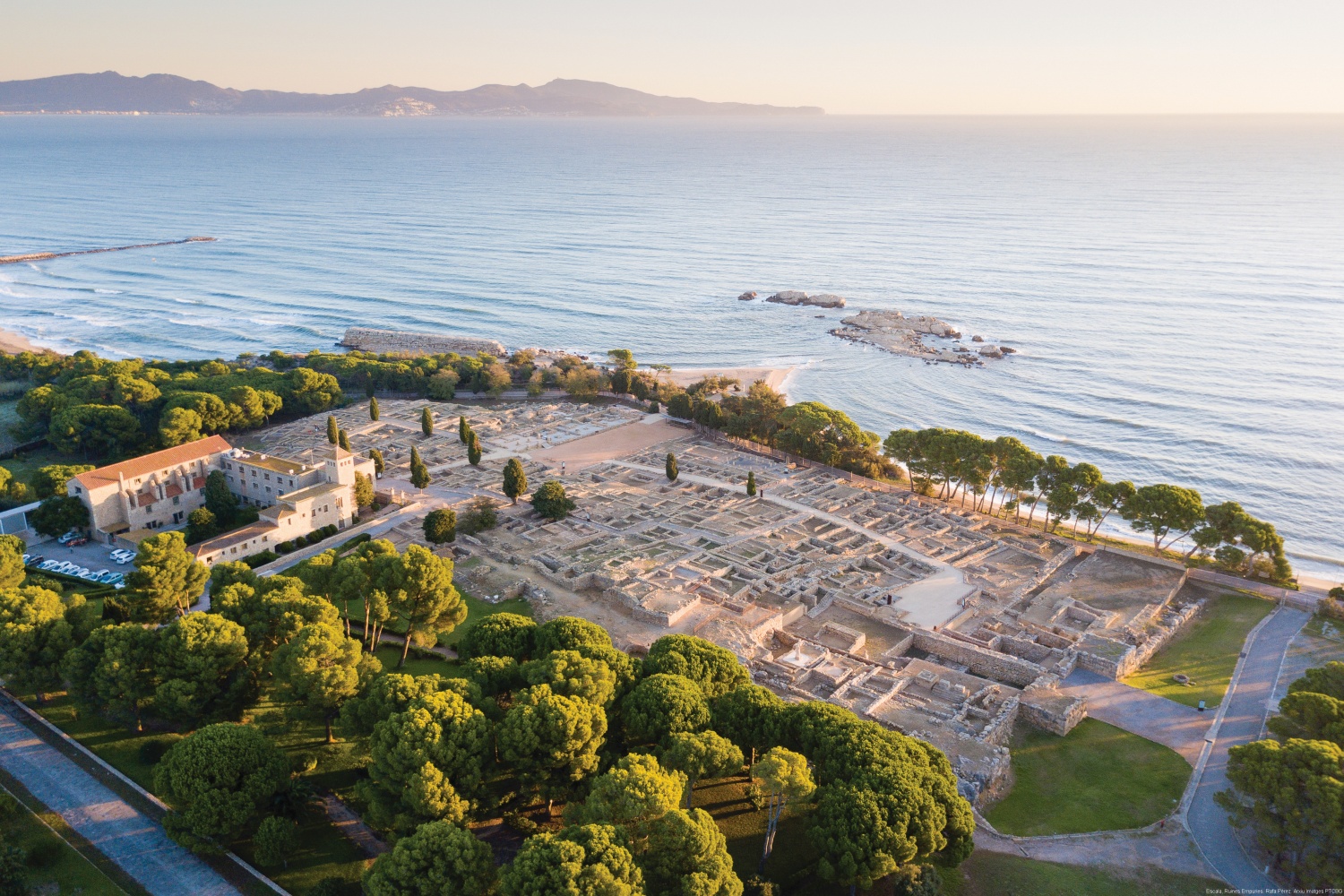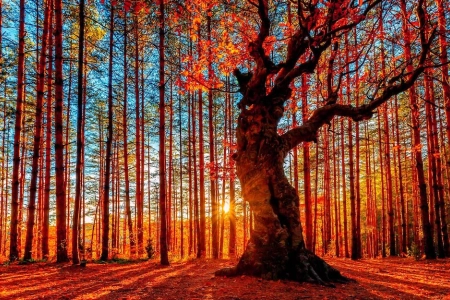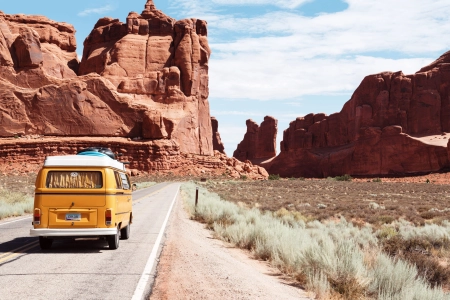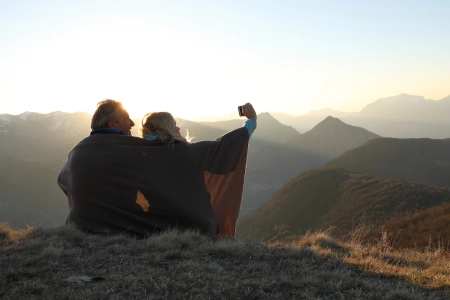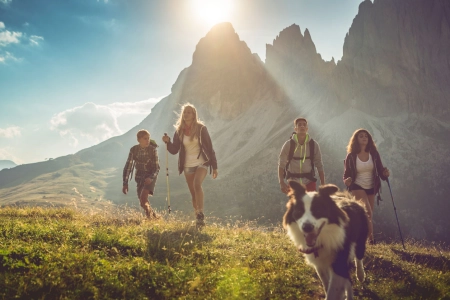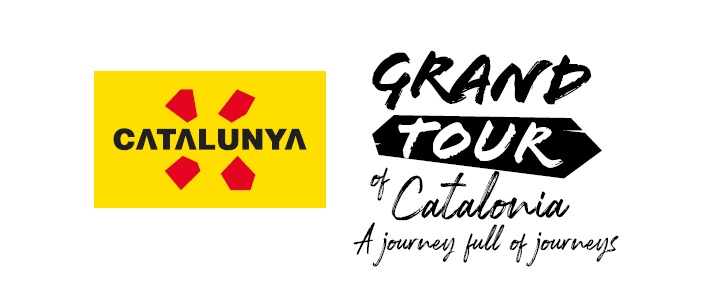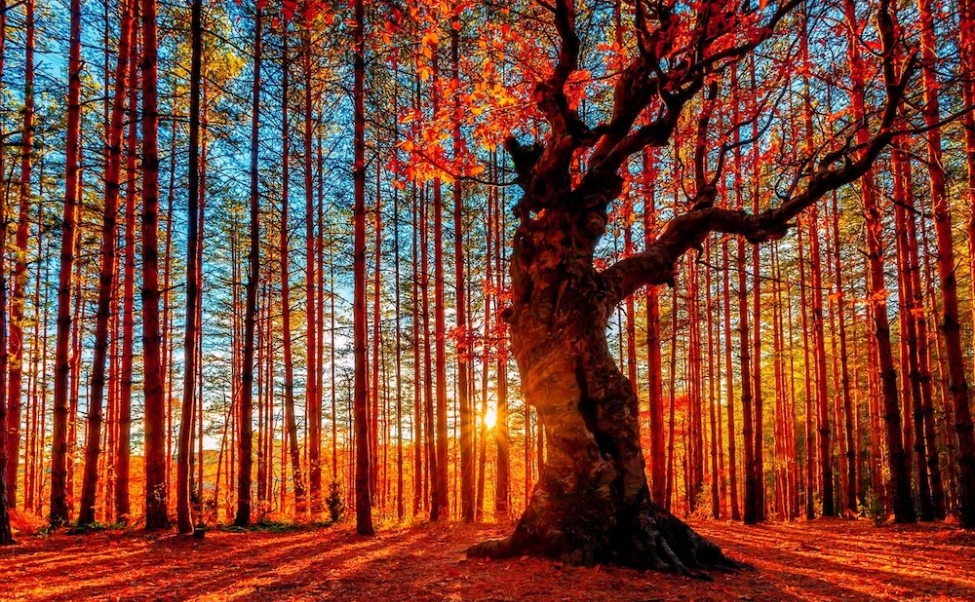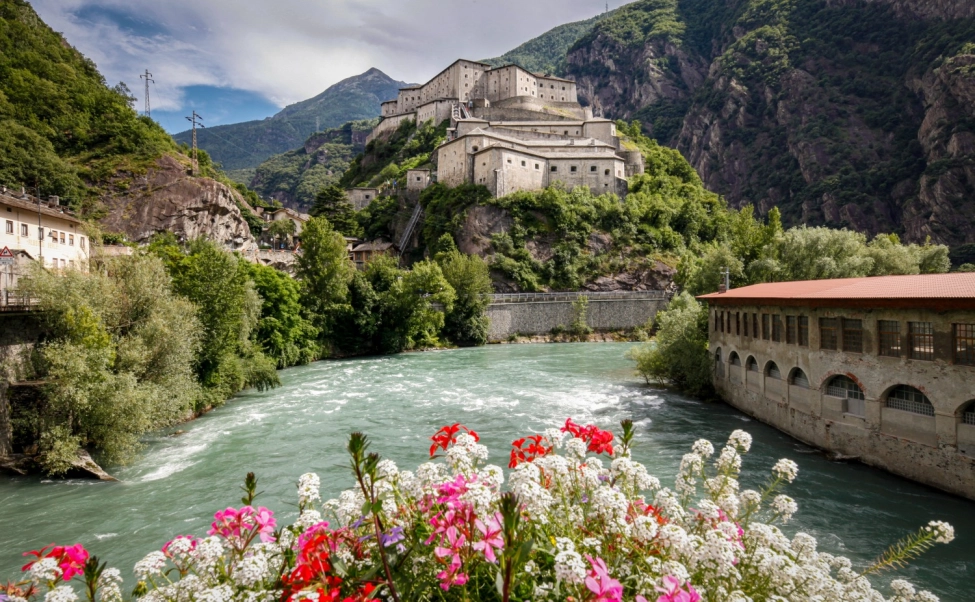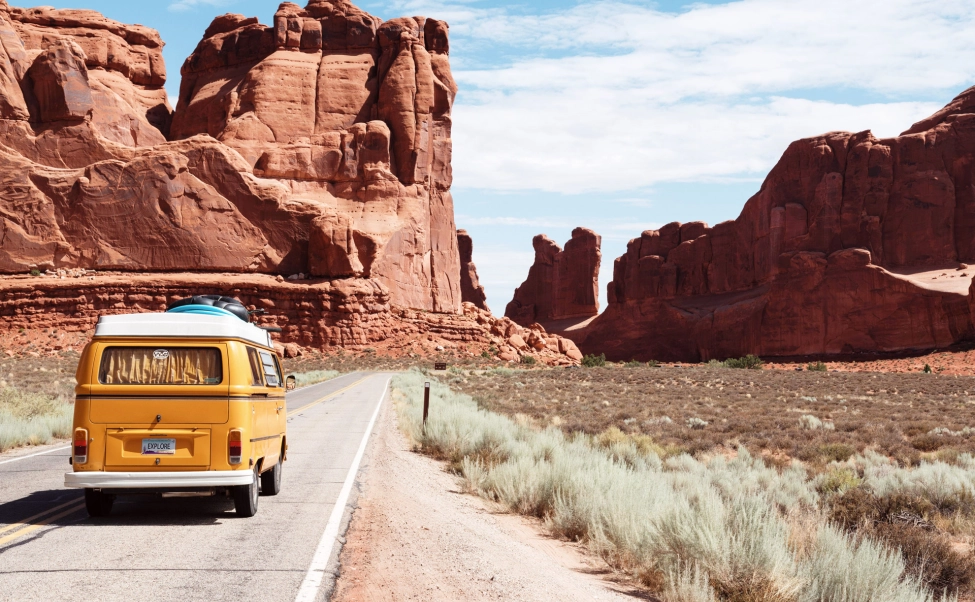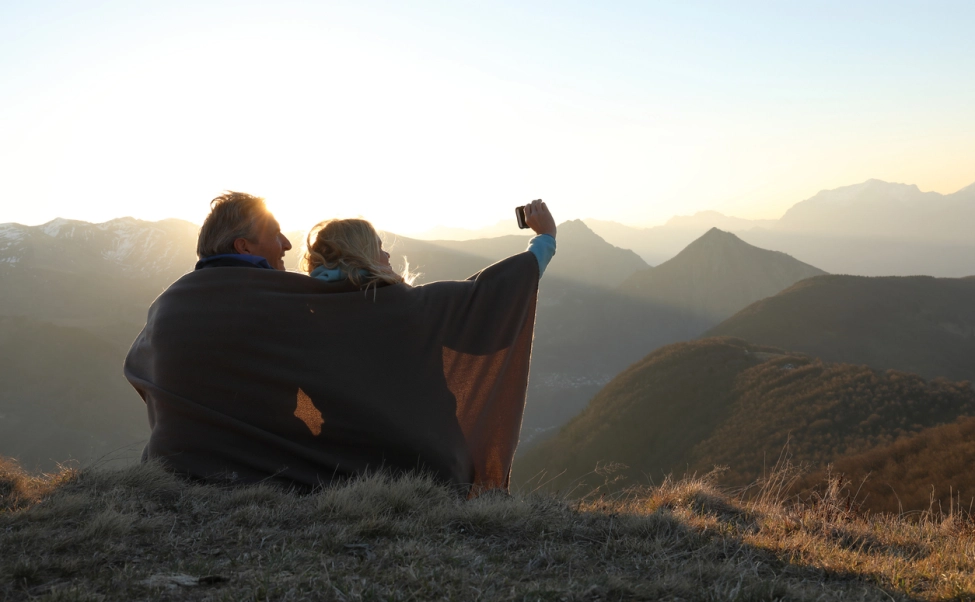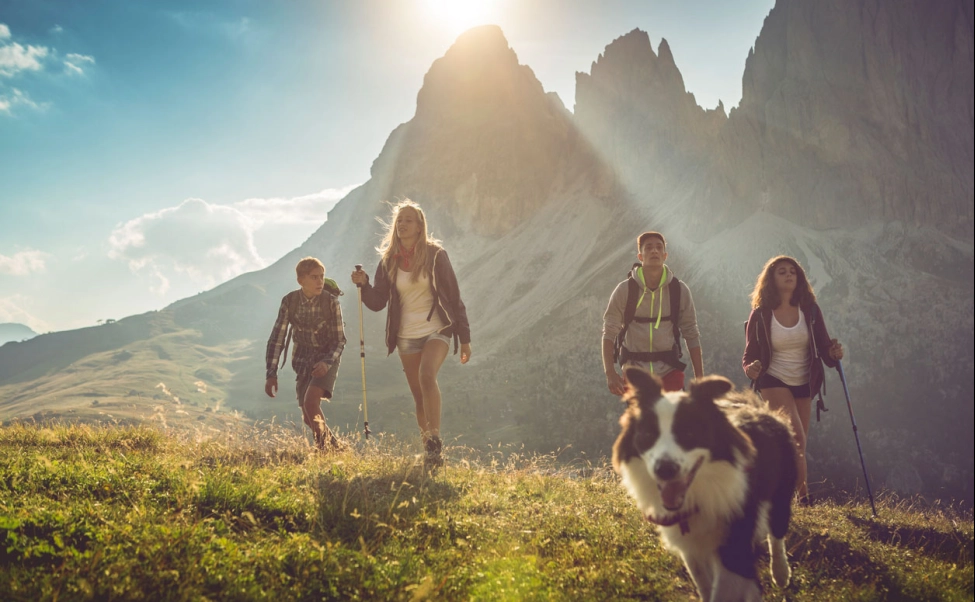- Details
- Written by: Roger Fulton
Leg 5: From Surrealism to Modernism
Route: Figueres to Barcelona
Distance: 525km
Duration: 7 stages
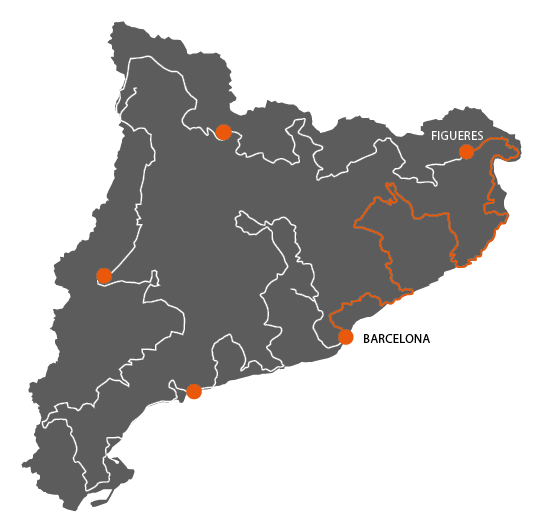
This final part of the Grand Tour begins with the surrealism of Salvador Dalí winds through the modernist towns of the coast before ending where we started in the great Catalan city of Barcelona. Along the way you can walk in the footsteps of pirates and outlaws and feast on some of the greats of Catalan cuisine.
Stage 1: Figueres to Pals
Distance: 128km
To begin, explore the Dali triangle, that takes in his hometown Figueres, the Port Lligat house and the Castell de Púbol, as you unlock the artist’s universe of L’Empordà. Drive through the vineyards towards the coast, visiting the monastery of Sant Pere de Rodes, to the Cap de Creus Natural Park. After a lunch stop in the pretty coastal town of Cadaqués, the route bends south along the Bay of Roses.
A highlight of this stretch is the Empúries Ruins, the place where the Romans and Greeks entered the peninsula. In L’Escala, you can learn about salt-curing techniques and sample the famous L’Escala anchovies!
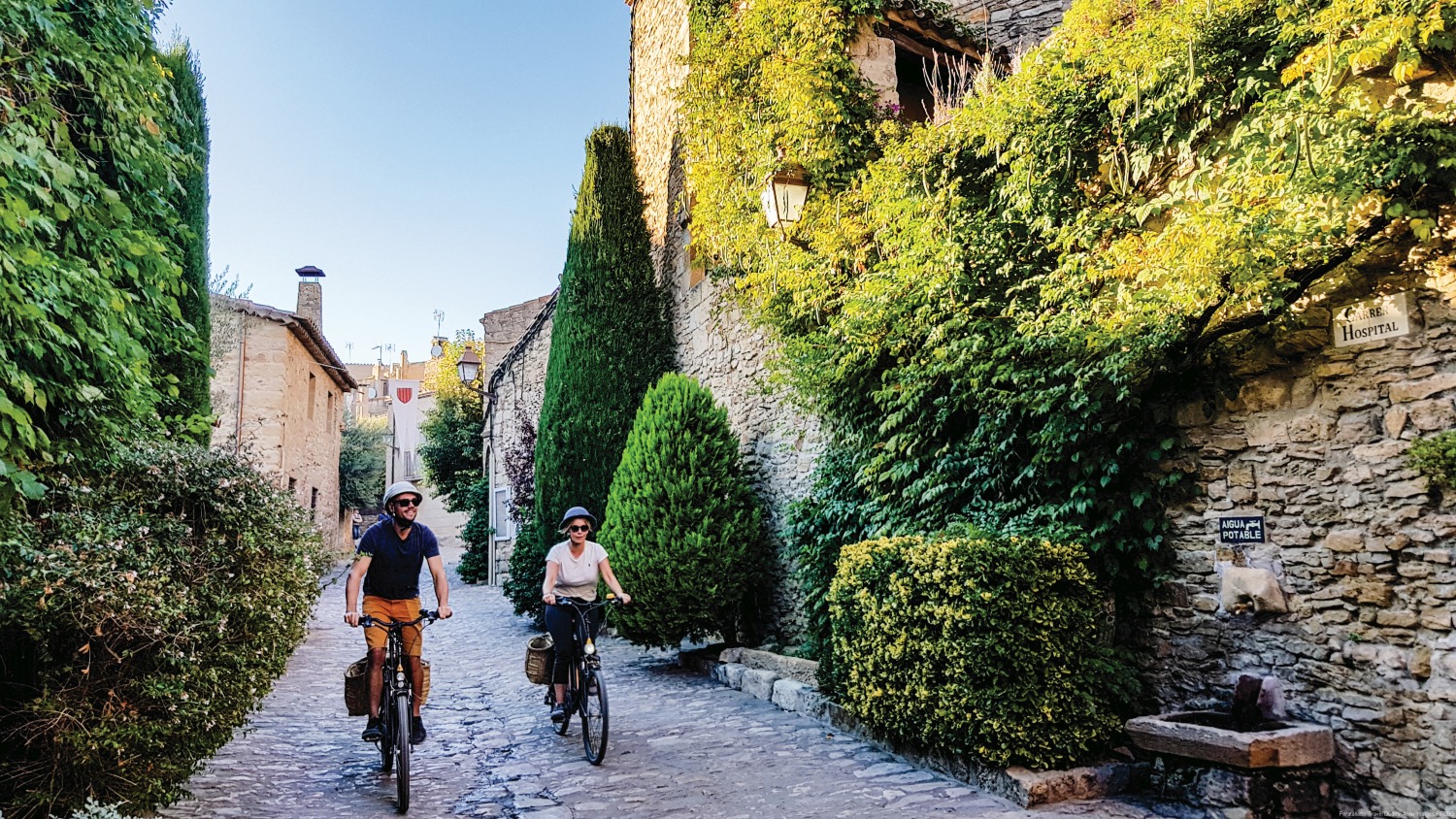
Stage 2: Pals to Tossa de Mar
Distance: 72km
An e-bike tour of the medieval towns and villages of the Empordanet, including Pals itself, with its walled enclosure, is the first act in the day’s travels. Time spent in the lands of Girona apples would not be complete without sampling some of the region’s ciders.
In Palafrugell, designated ‘a charming village’ you can explore the heritage of the writer Josep Pla, before continuing to Palamós, famed for its cooking school where you can learn the secrets of seafood cuisine.
Don't miss: Costa Brava Festivals
Nearly 200 festivals are held throughout the year in the Costa Brava celebrating nine disciplines: music, theatre, cinema, dance, circus, comedy, digital technology, art and magic. Many of these festivals share the heritage and landscape of the Girona districts as their setting.
Some of the most established and internationally recognised festivals are those held in the gardens of Cap Roig, the Castell de Peralada and the so-called Sons del Món, where they try to pair the artists with Empordà DO wines. Other good choices include the Porta Ferrada festival and the Temporada Alta in autumn.
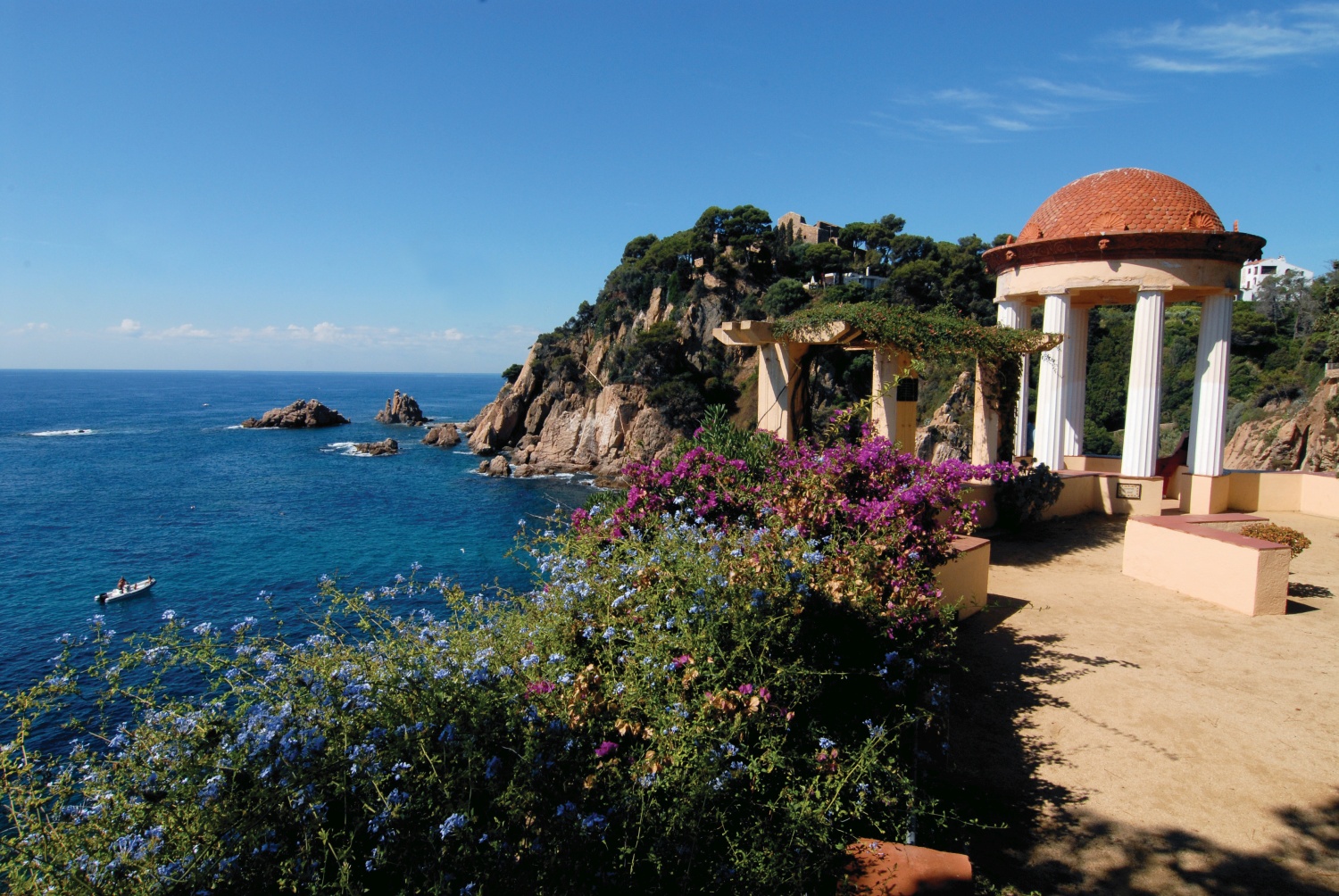
Stage 3: Tossa de Mar to Hostalets d’en Bas
Distance: 90km
After an opportunity to enjoy the seaside town of Tossa de Mar, and to walk part of the Camí de Ronda with some spectacular clifftop views, the route heads to Lloret de Mar. On again to the botanical gardens of Blanes, and a stop at the temple overlooking the cove of Sa Farconera – one of the most photographed spots on the Costa Brava.
Then inland to Girona, for a gastronomic tour, before heading to the southern stretch of La Garrotxa and Hostalets d’en Bas, a beautiful town of the Vall d’En Bas.
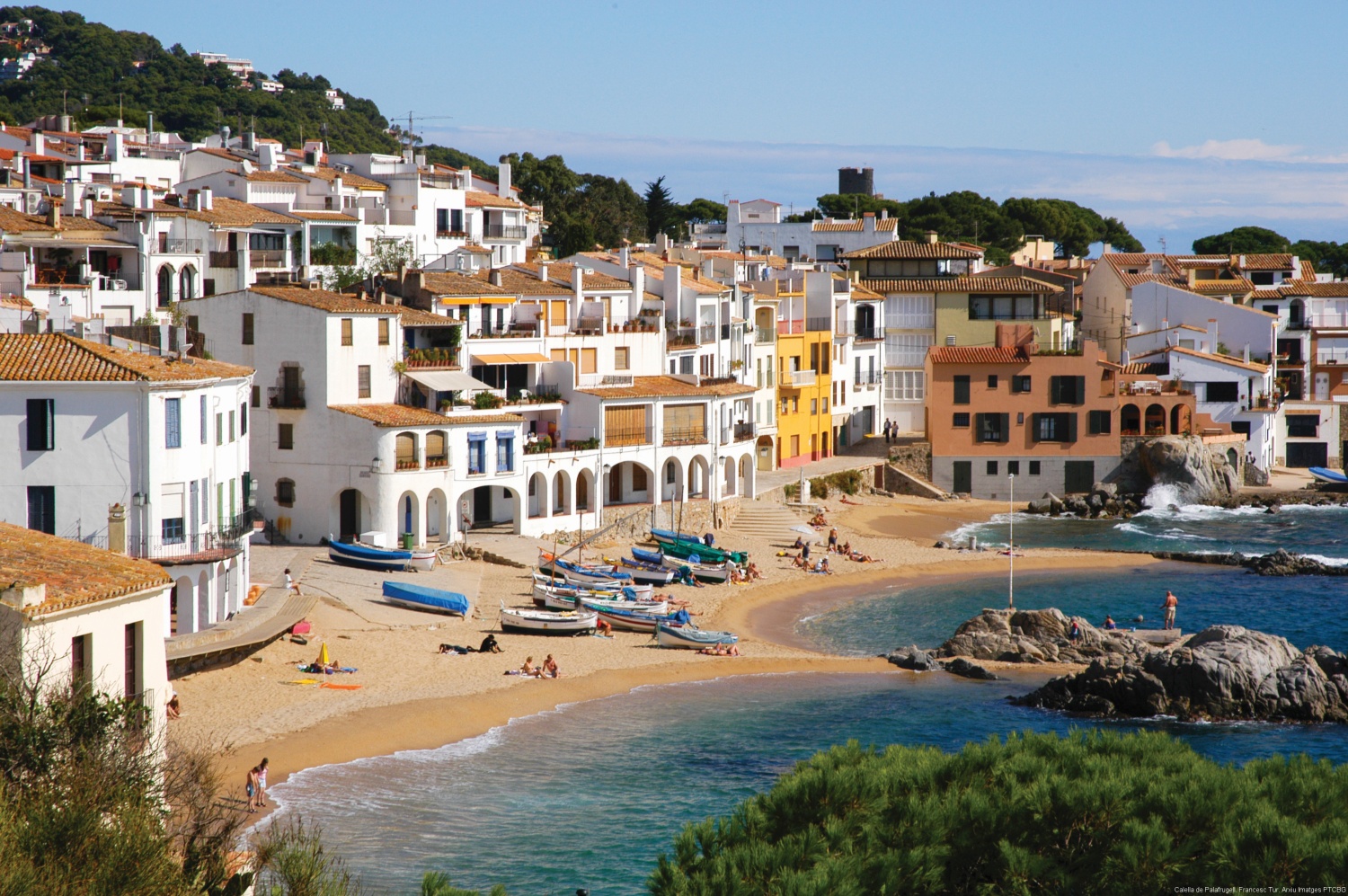
Don't miss: Camins de Ronda
Over the centuries, coastal inhabitants have taken a variety of routes to move between towns and look out for threats that could come from the sea in times of piracy. On the Costa Brava, you can hike numerous sections of the coastal ‘camins de ronda’ paths, discovering isolated turquoise coves, dizzying cliffs and quiet beaches.
One of the most beautiful stretches of this network is the horseshoe path that runs from Cadaqués to Cap de Creus, through a landscape of volcanic rock. Although most routes are suitable for family trips, some of the best run between Calella de Palafrugell and Llafranc, from Platja d’Aro to Palamós, along the route that starts in Lloret de Mar and leads to Blanes and one starting at the Platja de Riells, in L’Escala, which goes as far as Sant Martí d’Empúries.
Stage 4: Hostalets d’en Bas to Viladrau
Distance: 81km
The first stop of the day is Rupit, a delightful town in the middle of the Collsacabra, a natural landscape of mountains with steep cliffs, coursing streams and rushing waterfalls. Onward towards Manlieu, via a detour to Tavertet, where an easy hike brings wonderful views of the Sau reservoir. Manlieu is a city with a rich industrial past, which can be discovered on a dramatised tour.
Next up is Vic, home of a famous brand of sausage, and then it’s to Viladrau, among the mountains, forests and rivers of the Montseny Natural Park.
Stage 5: Viladrau to Barcelona
Distance: 154km
One of the longest stages takes in the modernist architecture of the coastal towns of Maresme. One of the highlights is a visit to the Domènech i Montaner house-museum, former home of one of the great modernist architects in Canet de Mar. Final stop before Barcelona is in Alella, to sample the regional wines.
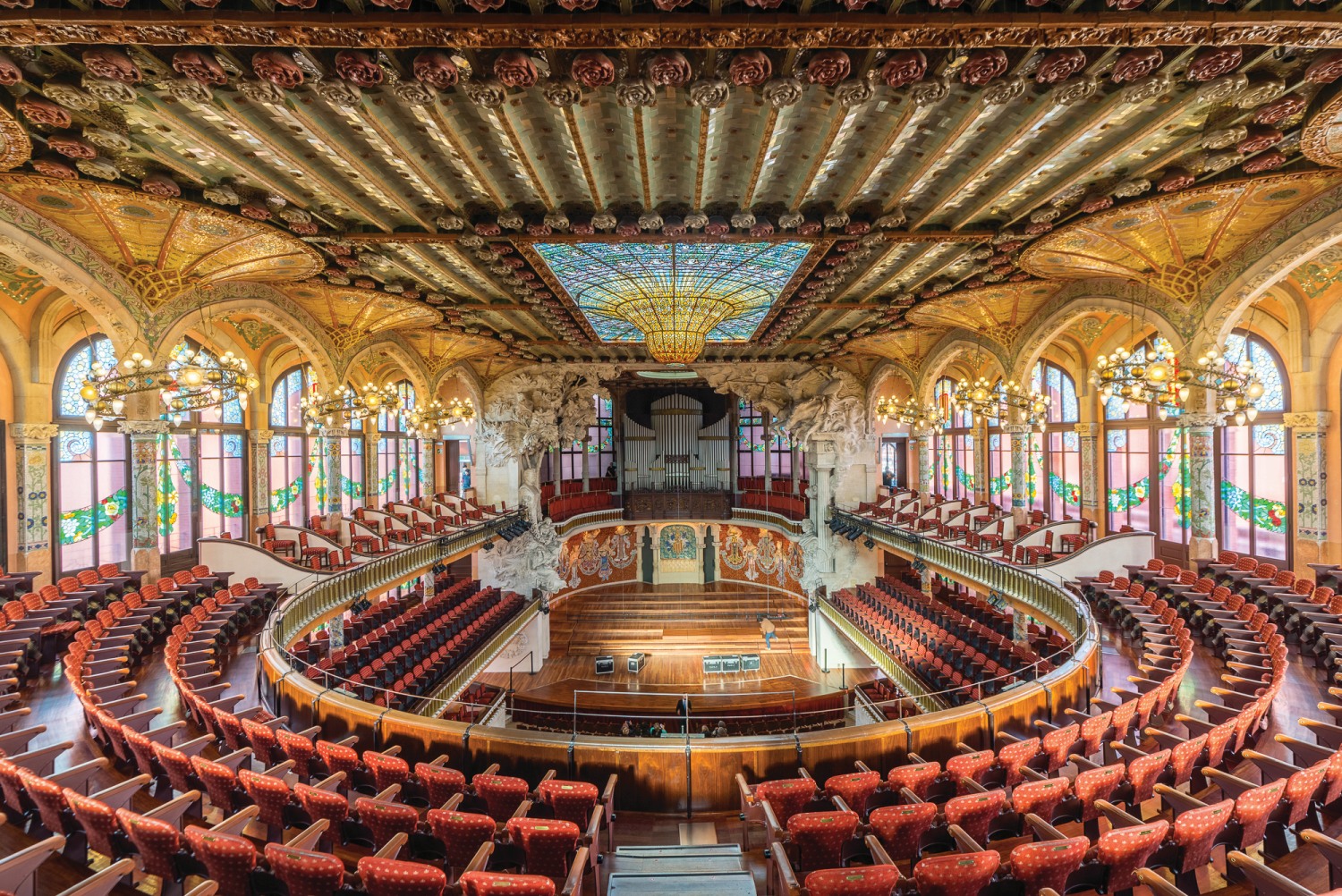
Stage 6: Barcelona
You can get to know one of the most fascinating sides of this city with the Barcelona Modernist Route, which, in all, covers 120 buildings designed by the likes of Gaudí and Domènech i Montaner, including the stunning Art Nouveau style Palau de la Música Catalana.
You can also attend workshops teaching the art of trencadis, which blends ceramics with stained glass, or perhaps one of many cookery classes. A literary walk through the Born district will uncover another side of this remarkable city.
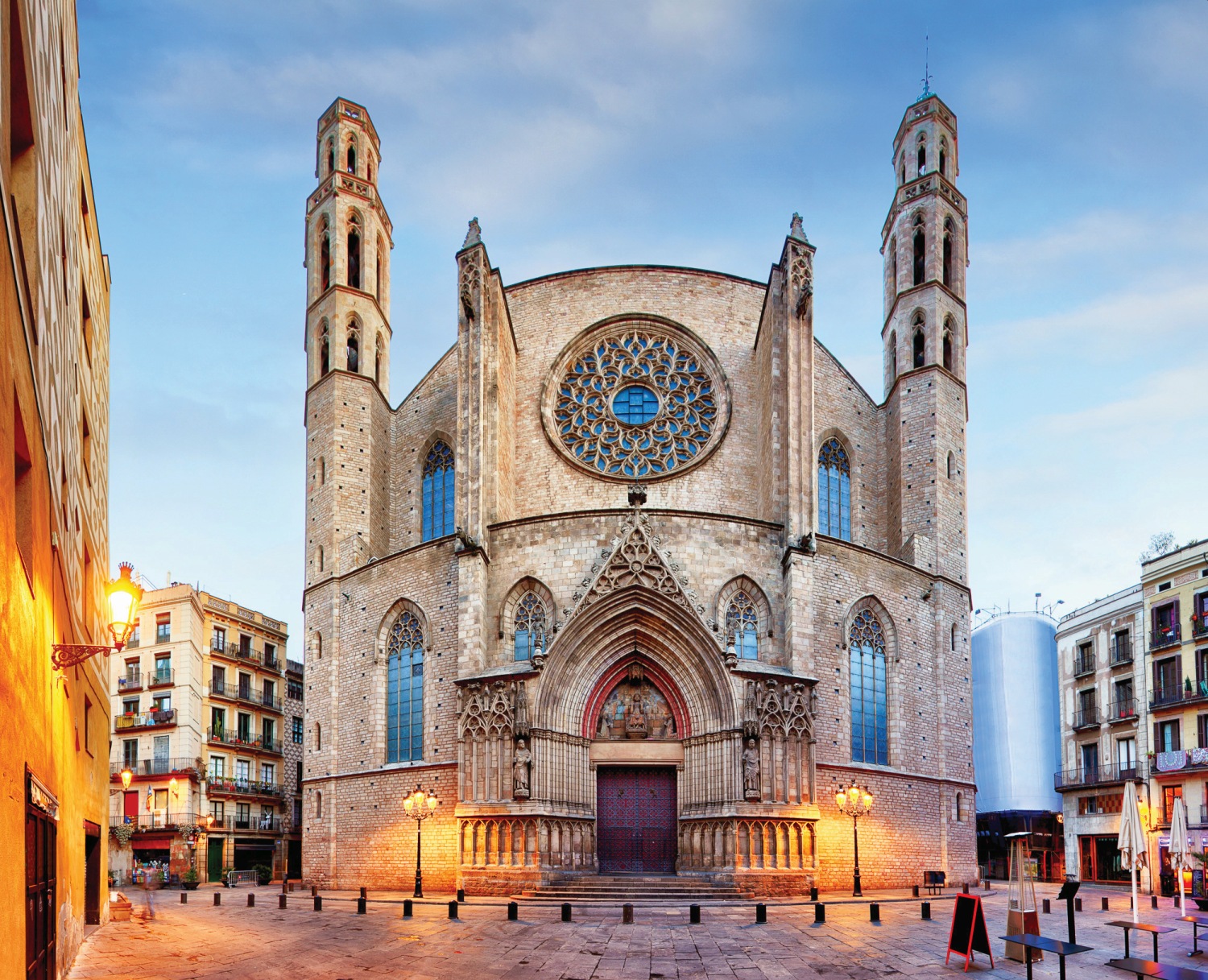
Don't miss: Modernism in Barcelona
Barcelona is the European city with the most art-nouveau, or modernista, buildings: nine of its modernista landmarks been awarded World Heritage status by UNESCO. The modernista façades are associated with the Barcelona ‘bourgeoisie’ as well as some of the city’s foremost architects.
One example is the ‘manzana de la discordia’, or ‘block of discord’, where the architects Lluís Domènech i Montaner, Josep Puig i Cadafalch and Antoni Gaudí, built houses for the Lleó Morera, Amatller and Batlló families respectively. Although the Eixample, and its heritage quarter, the Quadrat d’Or, in particular, have the greatest number of modernista buildings, they can also be found in many other parts of Barcelona.
Stage 7: Barcelona’s Sea
For a contrast with the city, head to the seafront and one of the 43 markets that sell a wealth of fresh produce. Stroll from the Barceloneta, a district full of bodegas and tapas bars to the newer, design-focused beach bars. Learn how to cook paella, and watch the fishing boats land the day’s catch, before ending the day with a late afternoon catamaran ride and a gentle sunset dip in the Mediterranean.
Find out more about this leg of the tour at grandtour.catalunya.com
- READ NEXT: Grand Tour of Catalonia: Take the Trip

